It is a quiet day at Metzgerei Zihlmann here in the middle of Escholzmatt in the canton of Lucerne. Footfall is low, so the shop assistant is cleaning behind the counter. The copiously filled vitrine is brimming with meat: sausages and dried meat made by the butcher himself, not to mention diced meat, roasting meat and all sorts of schnitzels and skewered meat.
Patrick Zihlmann has had to improvise since the coronavirus outbreak. “Ninety per cent of our meat is produced in the region or in Switzerland,” he says. Zihlmann now offers a home delivery service for people in the vicinity who can no longer shop in the village because of the lockdown.
Luckily, the butcher is used to playing things by ear. From special bratwursts to other made-to-order delicacies, he can fulfil almost every wish. This is because Zihlmann and a colleague from the neighbouring village of Marbach run their own slaughterhouse. The two of them also know all the cattle dealers personally. “Flexibility is our advantage over the big players,” says Zihlmann.
The number of butcher’s shops in Switzerland is in decline, so such an arrangement is unusual. There is a shortage of young people to take over. Few want to become butchers these days.
More cattle than anywhere else
Nevertheless, it is no coincidence that two butchers and a small abattoir in Escholzmatt and Marbach are holding their own. Encompassing around 100 square kilometres in the heart of the Entlebuch UNESCO biosphere reserve, the municipality of Escholzmatt-Marbach boasts the largest cattle population in Switzerland. It is home to some 7,821 cud-chewing bovines, spread across the numerous farms of both villages whose combined human population totals 4,450.
One third of the municipality’s inhabitants earn a living from agriculture. They include the Duss family, who live on a farm nestled on the edge of Escholzmatt between two distinctive hills. Cows graze effortlessly on the steep surrounding slopes. Arable farming is nigh-on impossible.
Part-time farming the rule
Franziska Duss stands in front of the cow pen situated behind her family house. One of the cows pokes its head inquisitively over the perimeter fence. The animals still have names, not numbers. “This is Adèle, our oldest,” says Duss. Forty-four cows and calves of the Brown Swiss breed belong on the farm.
Duss, a qualified agronomist, works as an agricultural consultant and a teacher. She also runs the farm that she took over from her father. “I am typical of many farmers in and around this area,” she says. “Most of us run our farms as a secondary source of income.”
The Duss family not only live from the proceeds of meat production, they also make money from dairy farming – and strawberries, to which two huge polytunnels are testament. “I want to make the most of my farm, so diversification is vital,” says Duss. She thinks that diversity of production makes sense for all farms. According to a government research report, farms specialising in just one area of agriculture are indeed a rarity in Switzerland.
Cultured meat and meat alternatives
Is versatility also important because one particular sector could potentially shrink, i.e. meat production? Yes, if you believe what global management consulting firm A.T. Kearney say in their study entitled “How will Cultured Meat and Meat Alternatives disrupt the Agricultural and Food Industry?” Conventional animal meat will only account for 40 per cent of global meat production by 2040, the study claims. Although the authors expect the global meat market as a whole to continue growing, they say that new products such as plant-based meat alternatives will increasingly disrupt the conventional meat industry in future.
However, Duss – along with organic farmers Beat Koch and Beat Krummenacher, who have just arrived at her farm– see no threat in the growing market for meat alternatives. “Many consumers eat less meat than they did a few years ago,” says Duss. “But quality matters to them when they do eat meat.” Duss, Koch and Krummenacher see their biggest source of competition not in meat alternatives but in cheaply produced meat from other countries. “Many people are willing to pay more for meat produced locally or organically,” says Krummenacher. “But not everyone can afford to. Our biggest challenge therefore comes from imported meat, which costs significantly less.”
Vegetarians and vegans account for 14 per cent
Meat consumption levels in Switzerland are relatively stable. According to the Swiss meat industry association Proviande, the annual per capita figure is 51 kg. Meat replacement products will not supplant conventional meat, says Daniel Heine, professor at the School of Agricultural, Forest and Food Sciences – part of the Berne University of Applied Sciences. “The meat replacement industry is experiencing massive growth, but we are talking significantly smaller volumes compared to the amount of money the meat sector makes.”
Around 14 per cent of the Swiss population are vegetarian or vegan – a figure that has risen sharply in recent years, according to a survey by the Swiss vegetarian and vegan association Swissveg. However, Heine believes that the proportion of consumers who eat meat occasionally but selectively based on ethical and green criteria is growing at a much faster pace.
The importance of good food
The three farmers sit together at a long table outside in the yard. Franziska and family serve their guests tea, coffee and home-made cake.
“People generally are more careful about what they eat nowadays,” says Duss. This is becoming evident in what they buy. “Swissness” is an important criterion for many consumers, says Heine – the very ethos to which the butchers of Escholzmatt and Marbach subscribe.
Meat alternatives lack this attribute in more ways than one, given that their plant-based ingredients are commonly sourced outside Switzerland. Heine believes that producing protein-rich, plant-based meat alternatives in Switzerland – and also growing the necessary ingredients in Switzerland – would theoretically be possible. But this prospect is a long way off. According to the Swiss centre of excellence for agricultural research, Agroscope, Swiss farmers currently produce less than one per cent of the country’s annual soybean requirement of 300,000 metric tons.
Be that as it may, the farmers of Escholzmatt-Marbach will not be growing soya or other protein-rich plants any time soon. “People will always want to eat meat – of that I am absolutely certain,” says Duss. Colleague Beat Koch: “There is a future for meat producers like us if we respect animal welfare and take our social responsibility seriously.”
The farmers get up to leave. It is almost evening, and they need to check on their cattle.
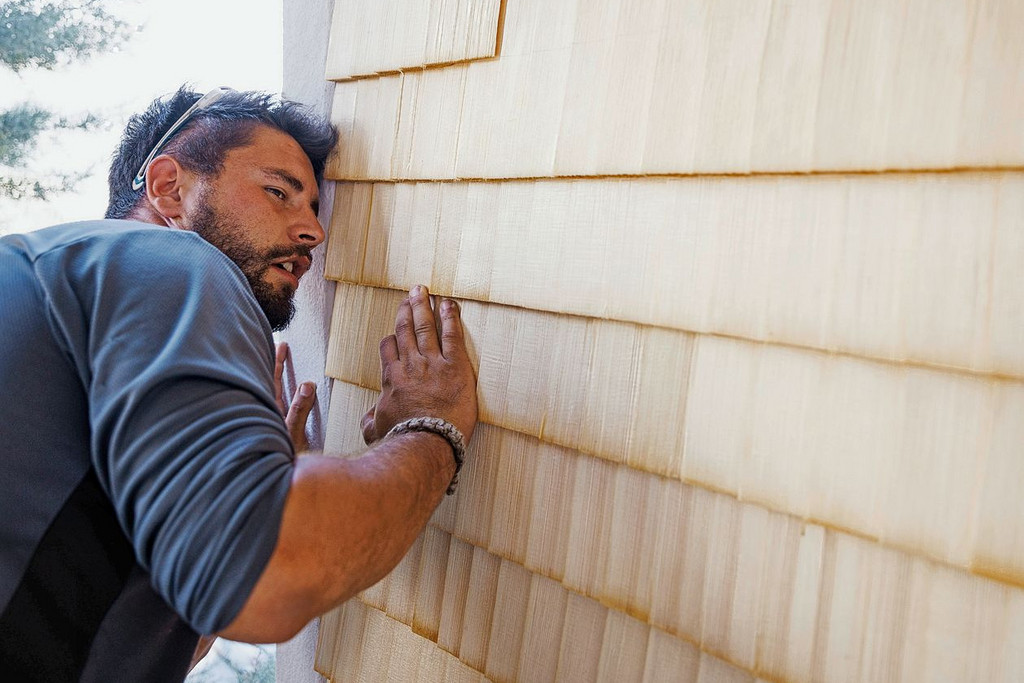
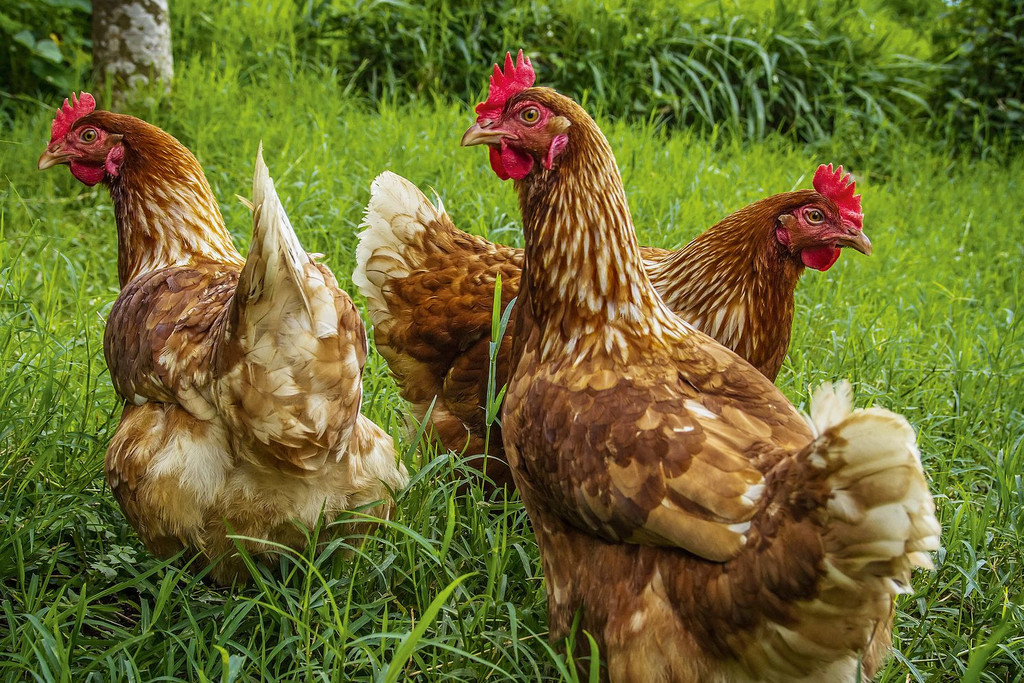


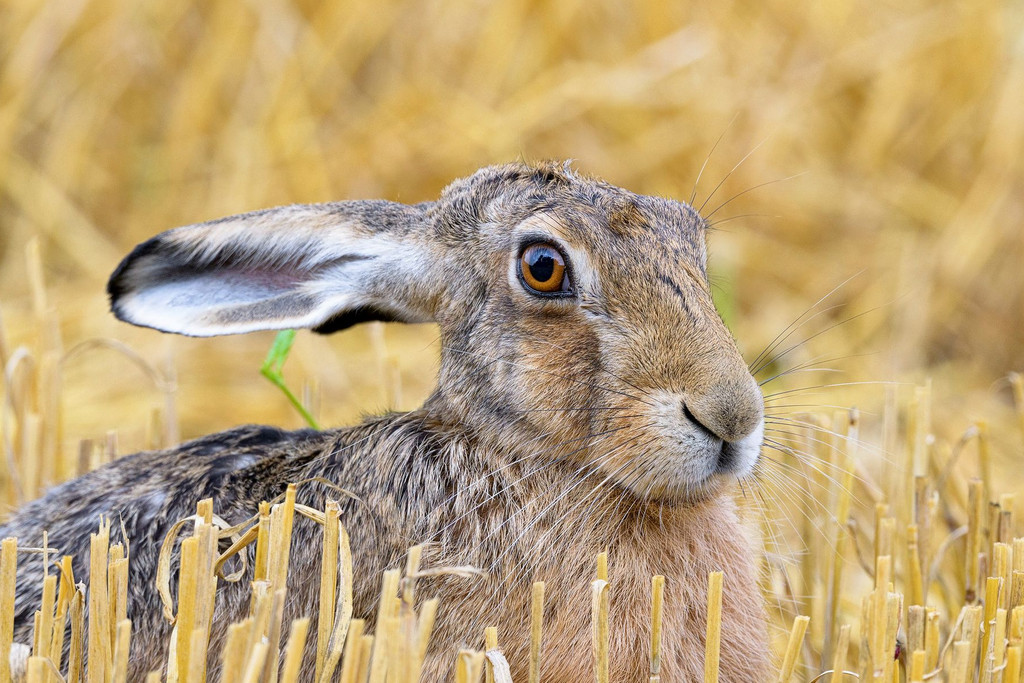


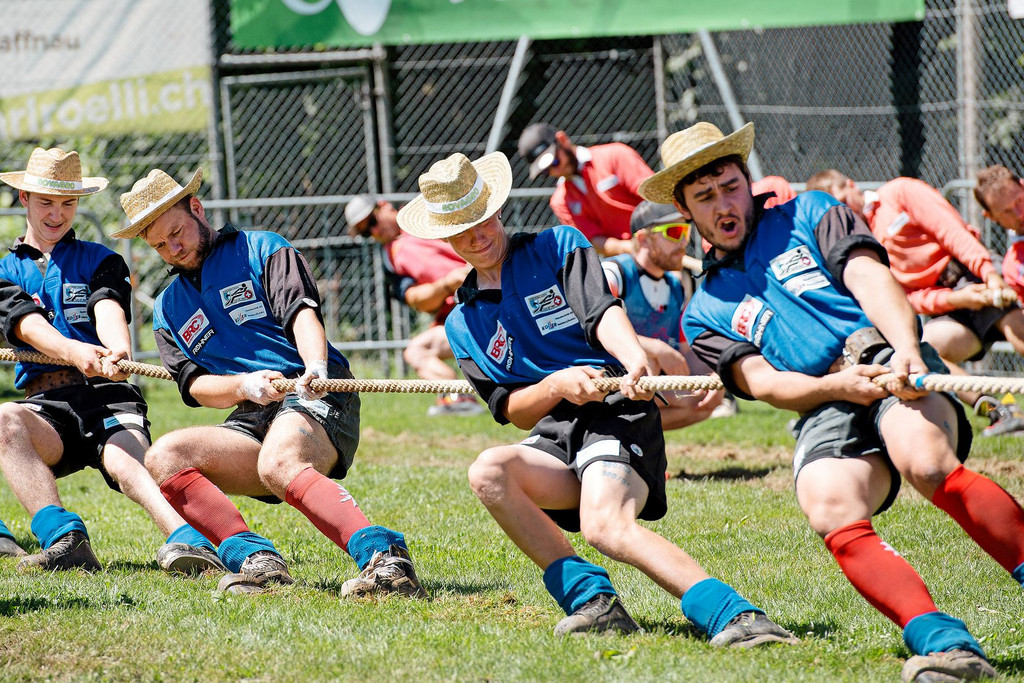



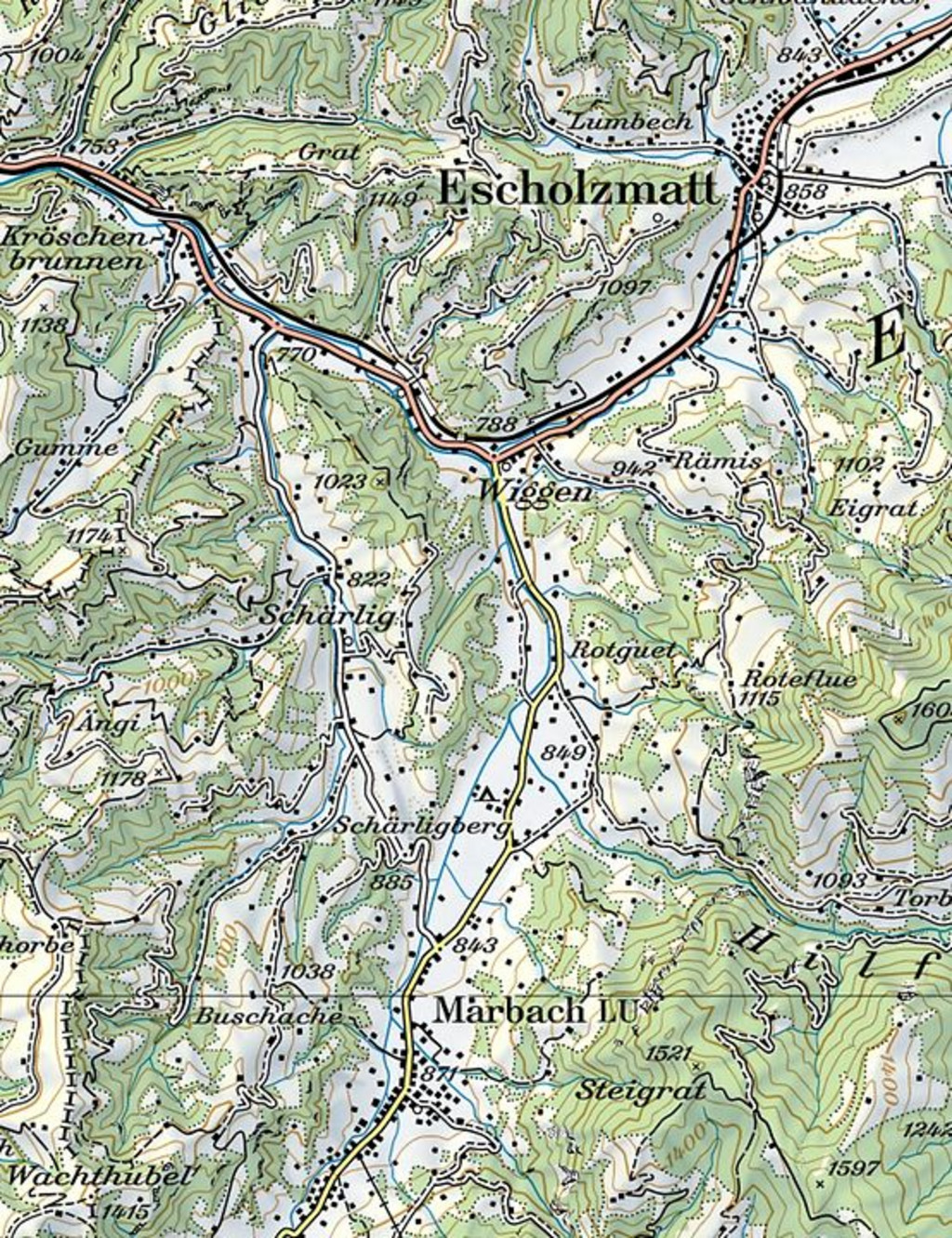
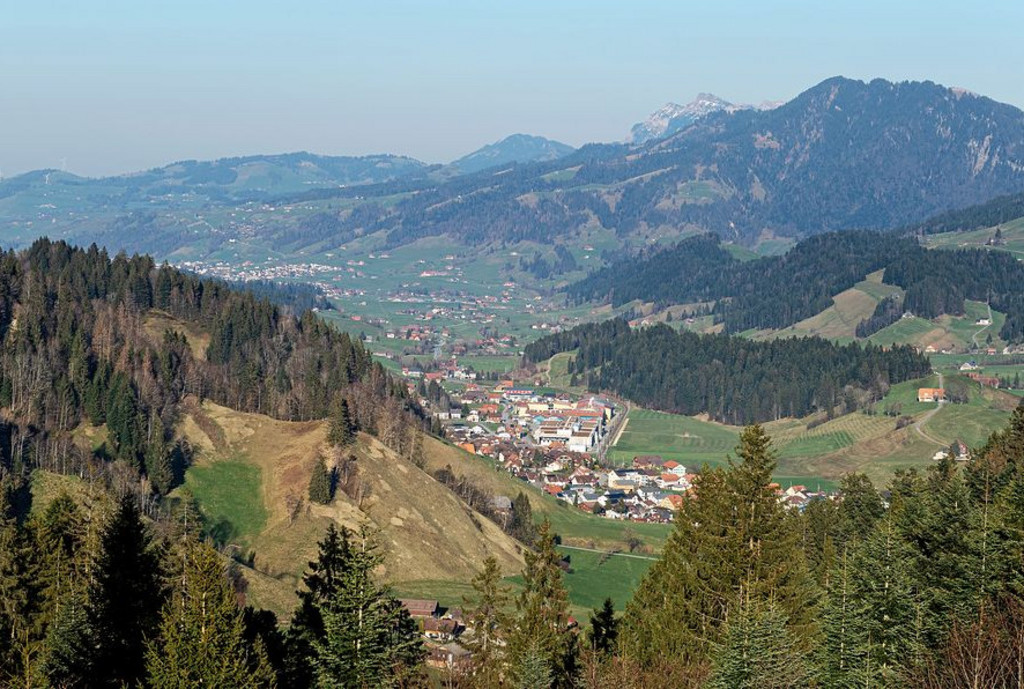
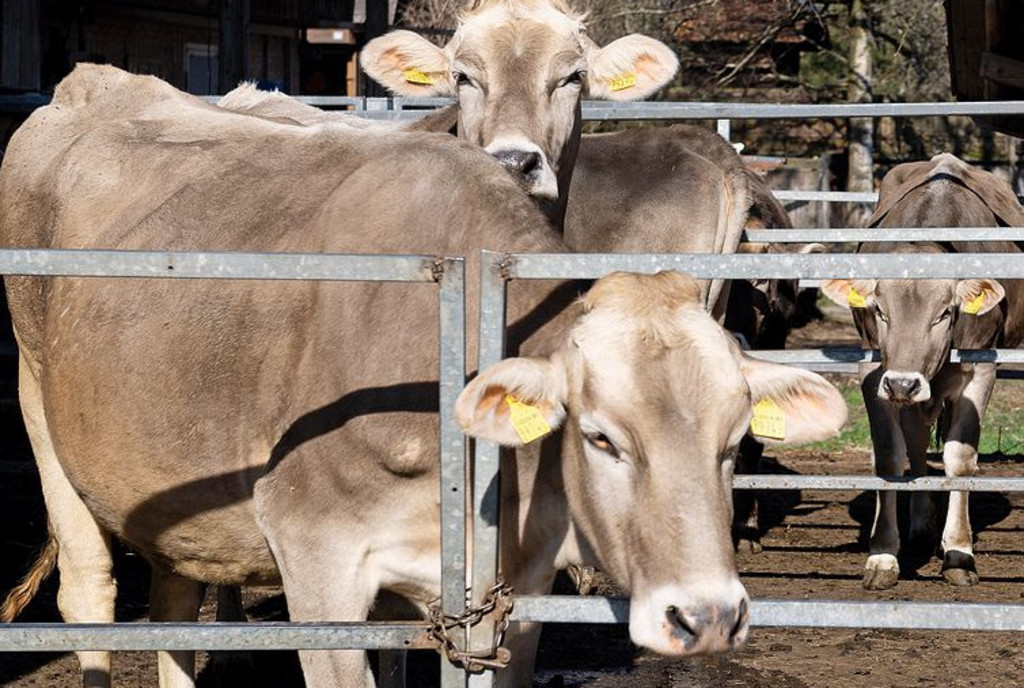
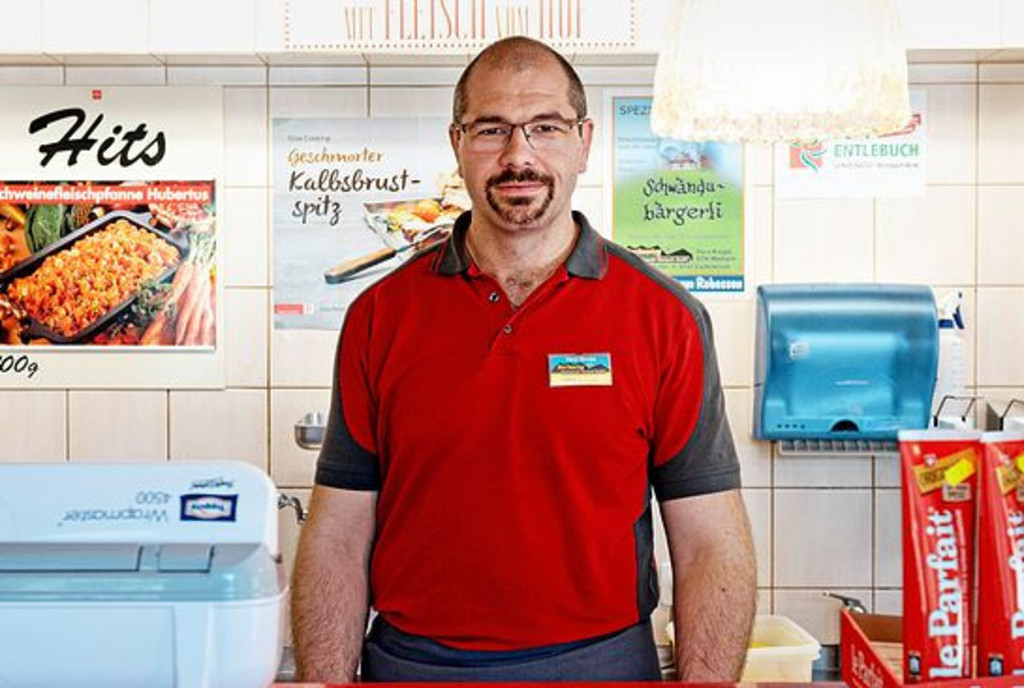
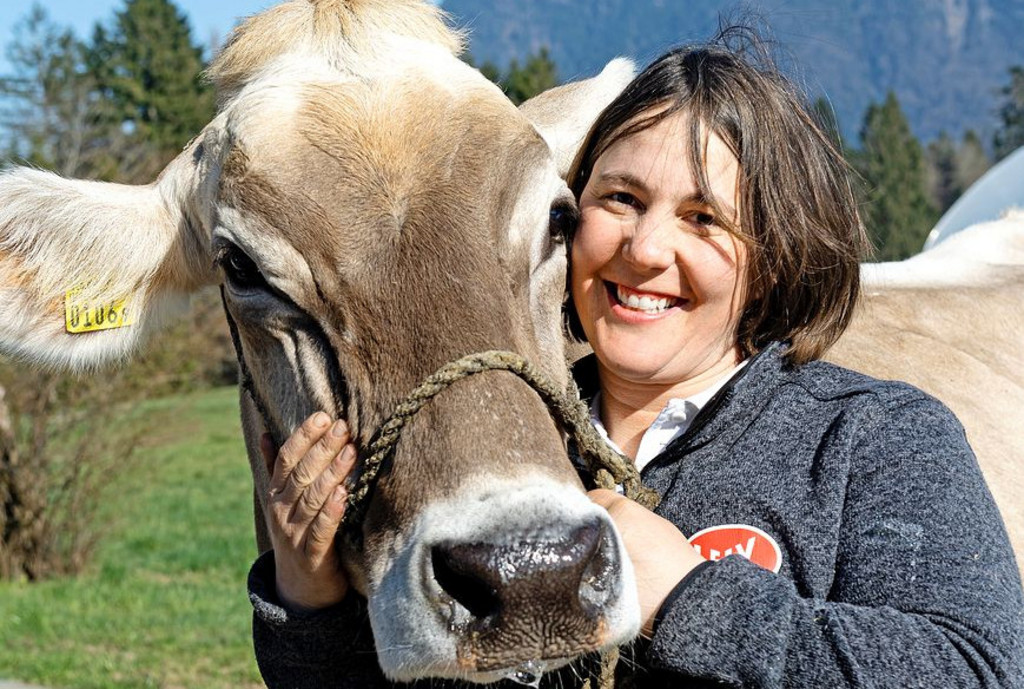
Comments
Comments :